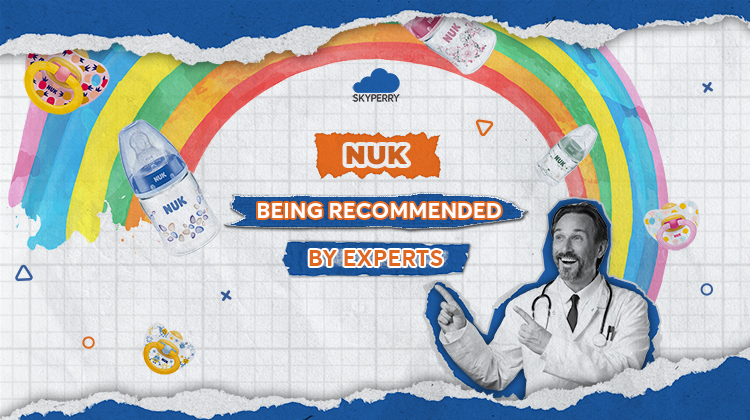Social commerce – a new trend that is expected to greatly improve a company’s competitive advantage in the mother and baby market by 2024 – was born out of the integration of commerce and social interaction in the context of social media, which has become an essential part of daily life, particularly for Gen Z.

Social Commerce – When Social Media Meets Commerce
Not only does social commerce involve product promotion on social media, but it also fosters a more engaged and connected customer experience. Social commerce makes shopping fun and easy for the younger generation by fusing the power of e-commerce with social media sites like Facebook, Instagram, TikTok, and many more.
Strong Bond with Gen Z Customers
In contrast to traditional retail, Social Commerce presents an intriguing interactive opportunity. Customers in Generation Z interact with brands as participants in addition to being buyers. Users can engage in interactions through postings and adverts on social media platforms, including liking, commenting, sharing, and even directly purchasing items. As a result, people feel more positively connected to the business and like they belong to its community.
What Is the Distinction Between Social Commerce and E-Commerce?
Although both aspire to conduct online business, Social Commerce and E-Commerce differ significantly. While E-Commerce largely focuses on online purchasing via websites and applications, Social Commerce integrates social components and interactions into the purchase experience.
The Advantages of Social Commerce
Implementing Social Commerce provides numerous advantages to businesses:
Increases Brand Awareness: By reaching millions of social media users, social commerce helps to increase brand recognition.
Direct shopping on social media platforms improves the shopping experience for customers by reducing conversion processes and providing simplicity in purchasing.
Tracking and Measuring Effectiveness: Social media analytics tools aid in the tracking and measurement of marketing and advertising campaigns’ effectiveness.
Social Commerce Trends 2024 in the Baby and Mom Market
The combination of social commerce and influencer marketing is a prevailing trend reshaping the way we do shopping and interact with brands in general, and particularly in the baby and mom market in Vietnam. According to statistics from Statista, global social commerce sales could reach $2.9 trillion by 2026, indicating tremendous potential for this emerging trend.
The integration of social commerce and influencer marketing has created a unique interactive landscape in the baby and mom market in Vietnam. According to Facebook statistics, the social commerce market in Vietnam has reached $5.9 billion, and the e-commerce market in Vietnam is expected to grow by 30% annually according to Google & Teamspeak. The influence of famous mothers in the “diaper and milk” community is undeniable, with 72% of consumers trusting content on Instagram from influencers when researching fashion and beauty products. Furthermore, 71% are willing to purchase products endorsed by influencers they trust.
This collaboration not only helps build trust from the target consumers but also generates momentum in the shopping process. Many reports indicate that implementing social commerce can bring influencers revenue of over $10 million. When following content on social media, viewers can immediately purchase their favorite products from influencers’ shared photos or videos without leaving the app. This not only reduces unnecessary shopping steps but also speeds up the shopping journey and minimizes payment risks. Transactions with social commerce help brands generate revenue through influencer content, expanding their role to the final step of the purchasing process. This marks a difference from traditional influencer marketing, which focuses solely on building brand awareness.
The collaboration between influencers and brands will continue to strengthen as the technology ecosystem creates convenience for building “online stores.” Not stopping at building brand awareness, the social influencer generation has gradually transformed into “social salespeople,” becoming a connection point for brands to deploy e-commerce strategies, given the emergence of new platforms and tools. The combination of influencer marketing and social commerce, like a “thousand-dollar” flower in the baby and mom market, brings mutual benefits for both brands and influencers, promoting the sustainable development of this industry. This is a crucial insight that baby and mom businesses need to fully exploit if they want to break through in revenue, increase ROI, and build sustainable, long-term cooperation with influencers.



